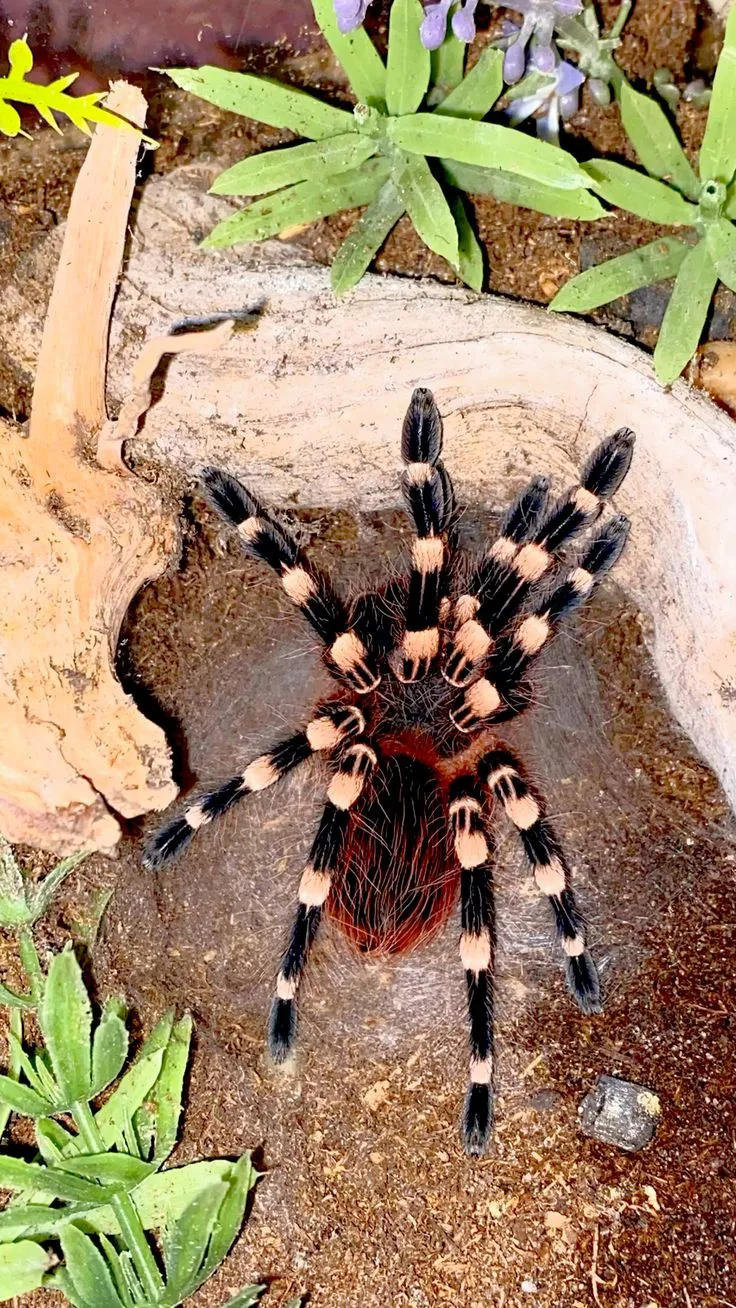Understanding the Brazilian White Knee Tarantula’s Natural Habitat
To successfully care for your Brazilian White Knee Tarantula (Acanthoscurria geniculata), understanding its natural habitat is paramount. This knowledge allows you to replicate the conditions it thrives in, ensuring a healthy and happy life for your pet. The Brazilian White Knee Tarantula originates from the Amazon rainforest, a region characterized by high humidity, consistent temperatures, and a complex ecosystem. By mimicking these environmental factors, you can create an ideal habitat that promotes its natural behaviors and overall well-being. This understanding extends beyond just providing a space; it involves creating an environment that supports its biological needs and reduces stress.
The Amazon Rainforest Environment
The Amazon rainforest is a key factor in understanding the requirements of this tarantula. The rainforest provides a consistently humid environment, typically ranging from 75% to 85% humidity, along with temperatures averaging between 75°F and 85°F (24°C to 29°C). The habitat is dense with foliage and leaf litter, which provides both cover and a source of moisture. The substrate is generally rich in organic matter, ideal for burrowing and providing a stable environment for the tarantula to construct its home. Emulating the conditions of the Amazon rainforest in your tarantula’s enclosure is essential for its health and well-being. This can include careful selection of substrate and plants, and using the right size enclosure to create a stable and healthy environment.
Humidity and Temperature Requirements
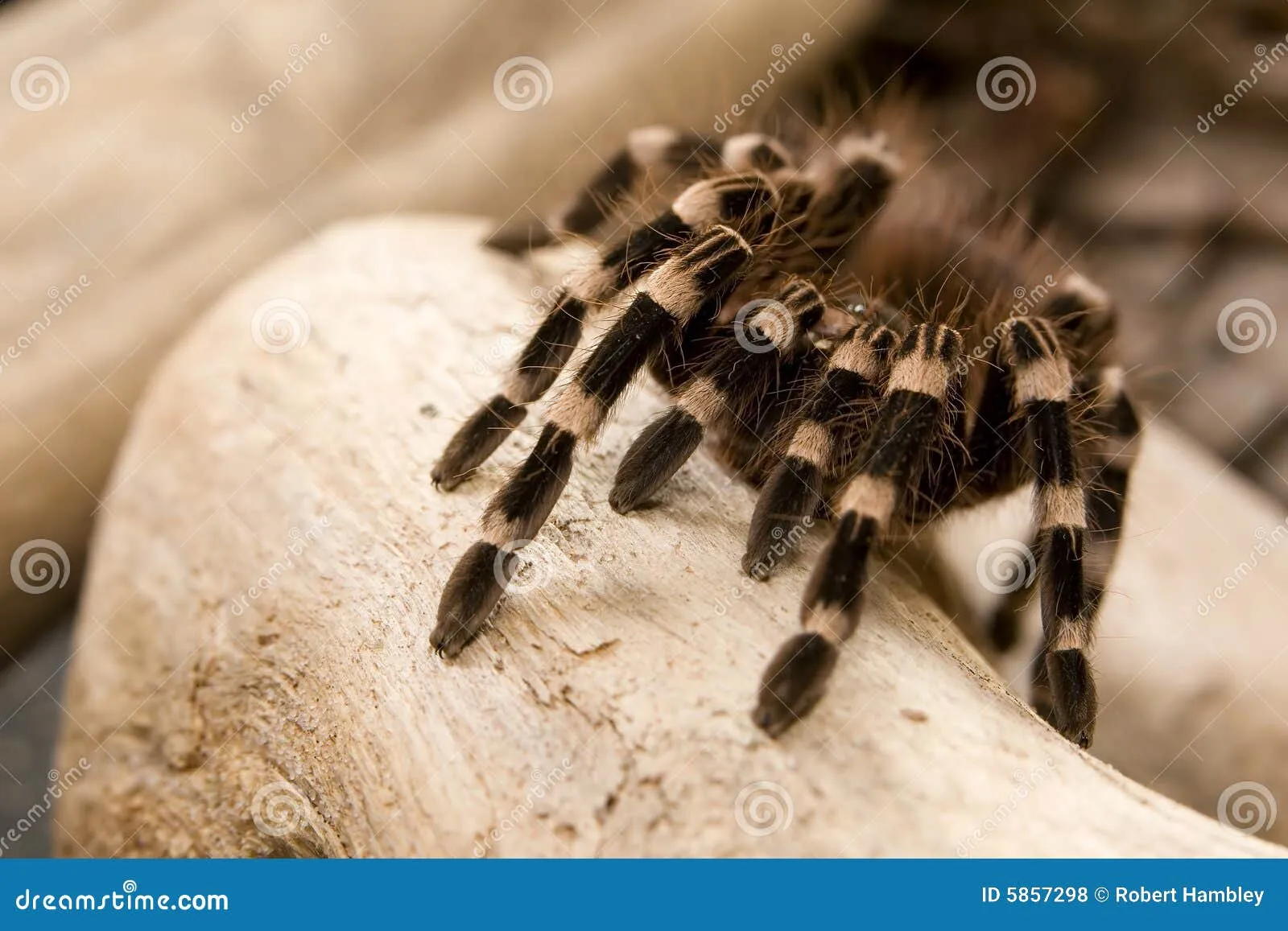
Maintaining the correct humidity and temperature levels is crucial for a Brazilian White Knee Tarantula. Consistent humidity, ideally between 70% and 80%, prevents dehydration and supports molting. This can be achieved through regular misting of the enclosure, especially the substrate, and the use of a large water dish. Temperature should be kept in the range of 75°F to 80°F (24°C to 27°C), avoiding both extremes. A slightly higher temperature is acceptable, but should not consistently exceed 85°F (29°C). Regular monitoring with a hygrometer and thermometer is recommended to ensure optimal conditions. Adjustments to the habitat, such as increasing ventilation or adjusting the heat source, may be needed to maintain the ideal climate.
Importance of Ventilation
Proper ventilation is often overlooked but is an important aspect of tarantula care. Good airflow is essential to prevent the buildup of mold and mildew, which can be detrimental to the tarantula’s health. Ventilation also helps to regulate humidity levels, preventing them from becoming excessively high. The enclosure should have cross-ventilation, with air intake on one side and exhaust on the other. This can be achieved through strategically placed ventilation holes or by using a mesh lid. Ensure that ventilation is balanced to maintain humidity without causing excessive dryness. Too much ventilation can dry out the enclosure, while too little can lead to a stagnant environment, which causes respiratory problems.
Creating the Ideal Enclosure
The enclosure is the tarantula’s home, so its design and construction are extremely important. The goal is to create an environment that closely resembles the natural habitat, offering security, comfort, and the opportunity for the tarantula to express its natural behaviors. A well-designed enclosure will provide all of the necessary elements for your Brazilian White Knee Tarantula to thrive, including ample space for movement, appropriate substrate for burrowing, and elements for climbing and hiding. By carefully selecting the size, substrate, decor, and equipment, you can build a habitat that not only meets your tarantula’s needs, but is also aesthetically pleasing and easy to maintain.
Choosing the Right Size Enclosure
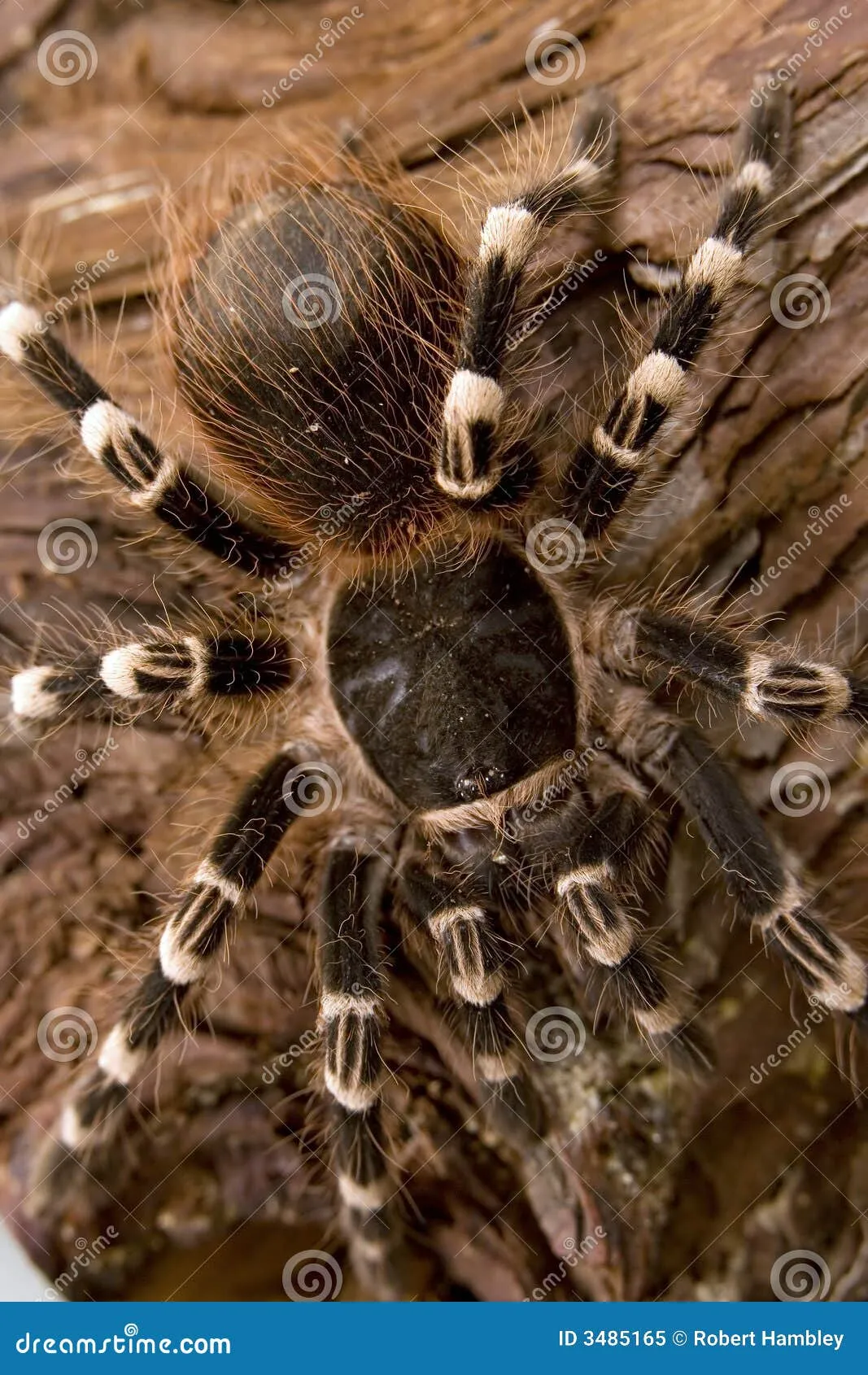
The size of the enclosure is a critical factor. A good rule of thumb is to provide an enclosure that is at least two to three times the tarantula’s leg span in width and length. Height is also important, but is less of a concern with terrestrial species like the Brazilian White Knee. As a general guide, a juvenile tarantula can start in a smaller enclosure, such as a 10-gallon tank. As it grows, you will need to upgrade to a larger enclosure, such as a 20-gallon or larger, depending on the size of your tarantula. Too large of an enclosure for a small tarantula can make it difficult to find food, while too small of an enclosure will restrict its movements and create stress.
Substrate Selection for Burrowing
The substrate should provide both a comfortable surface and the ability for the tarantula to burrow. A good choice for the Brazilian White Knee Tarantula is a mixture of substrate that retains moisture. This can include a mix of topsoil, peat moss, and vermiculite. The substrate should be deep enough to allow for burrowing, generally at least 4 to 6 inches deep. Ensure the substrate is free of pesticides or fertilizers, and that it is kept slightly damp but not waterlogged. This balance will help maintain the appropriate humidity levels. Avoid using substrates that are toxic or that can cause injury, such as gravel or sand. The substrate provides the foundation for their habitat and plays a role in the overall well-being of the tarantula.
Decorating with Natural Elements
Adding natural elements to the enclosure will enhance its aesthetic appeal and provide enrichment for the tarantula. Cork bark, driftwood, and artificial plants can all be used to create a more naturalistic environment. These elements provide hiding places, climbing opportunities, and a sense of security for the tarantula. Make sure that any decor is securely placed to prevent injury to the tarantula during a burrowing or molting process. Avoid using sharp or abrasive materials. Regular cleaning and inspection of the decorations are important to maintain a healthy environment. The decor should be carefully selected to mimic the tarantula’s natural habitat and to provide a stimulating and safe environment.
Providing Hiding Places
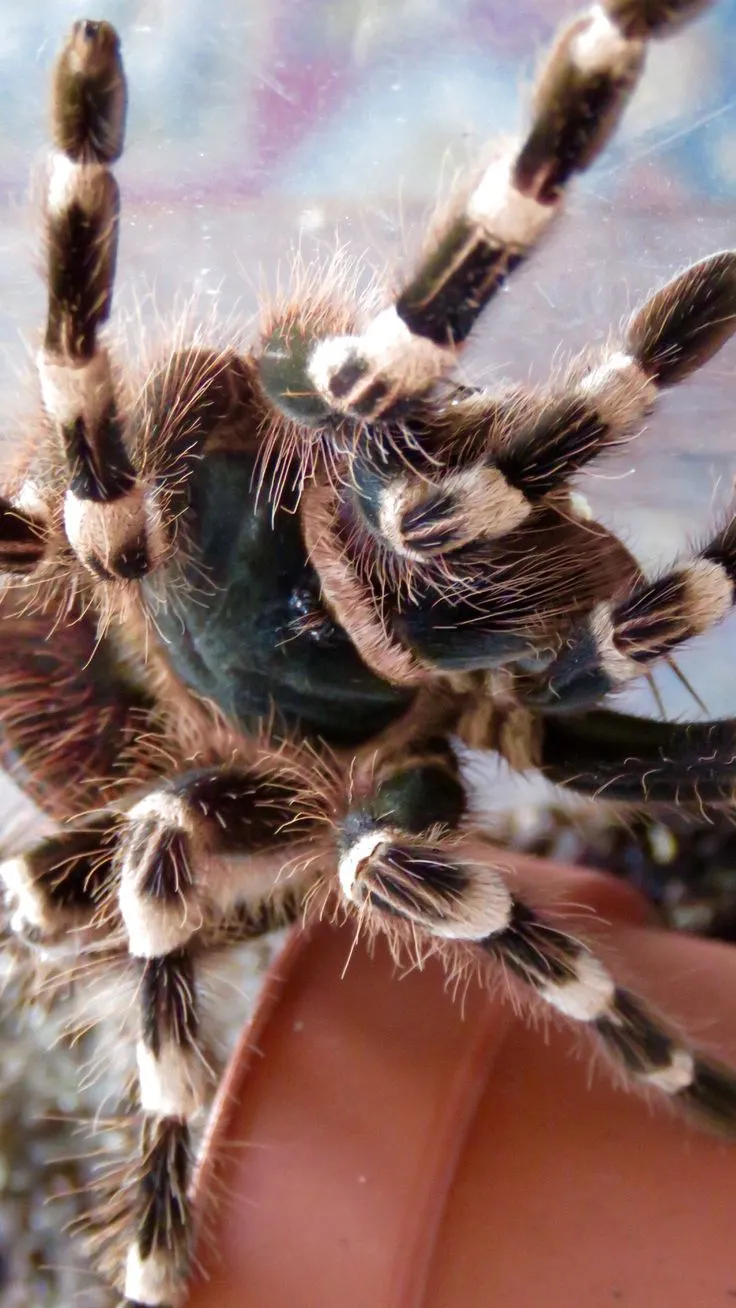
Hiding places are a crucial element of the enclosure, as they provide a sense of security and reduce stress. Cork bark is an excellent choice for creating hides, as it offers a natural look and provides a secure place for the tarantula to retreat. Other options include artificial caves or half-logs. The hiding place should be appropriately sized for the tarantula, allowing it to fit comfortably inside. Providing multiple hiding places can be beneficial, especially if the tarantula has a preferred spot for molting. The hiding place is an important part of the habitat and will help keep your tarantula safe and comfortable. These structures play a role in the overall well-being of the tarantula.
Adding Climbing Structures
While the Brazilian White Knee Tarantula is primarily terrestrial, adding climbing structures can provide enrichment and encourage natural behaviors. Pieces of cork bark, branches, or sturdy artificial plants can be used for climbing. Ensure that the climbing structures are stable and do not pose a risk of injury if the tarantula falls. These elements can add visual interest to the enclosure and provide a more stimulating environment for your tarantula. This gives your pet more ways to explore its surroundings. They also contribute to the overall design and aesthetics of the enclosure. It’s important to provide enough space for the tarantula to move around without obstruction.
Essential Equipment for the Habitat
Certain equipment is indispensable for maintaining the correct environmental conditions. This equipment allows you to monitor and adjust the habitat to ensure the health and well-being of your Brazilian White Knee Tarantula. Careful selection and proper use of this equipment will make the habitat maintenance much easier and ensure the tarantula lives in a safe and healthy environment.
Water Dish and Hydration
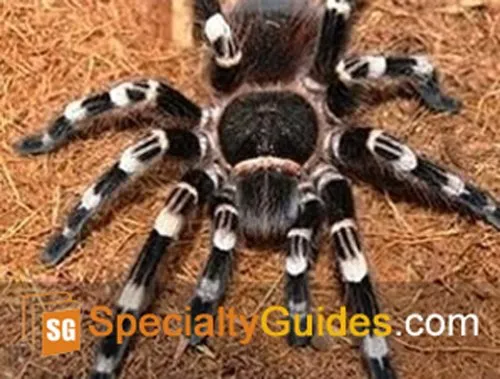
A shallow water dish is essential for providing a source of fresh water and maintaining humidity. The dish should be shallow enough to prevent the tarantula from drowning, and it should be easily accessible. Ceramic or plastic dishes are suitable, and the water should be changed regularly to prevent the growth of bacteria. A water dish is a non-negotiable item. Keep it filled with clean water and monitor for any debris that may accumulate. Be sure to clean the dish regularly to maintain the health of the tarantula. A small water dish contributes a significant amount to the well-being of your pet tarantula.
Heating and Lighting Considerations
Brazilian White Knee Tarantulas do not require special lighting, but they do need a consistent temperature range. A heat mat placed on the side of the enclosure, connected to a thermostat, can be used to maintain the desired temperature. Avoid placing the heat mat directly under the enclosure, as this can cause the substrate to dry out too quickly. Avoid the use of incandescent light bulbs, as these can generate too much heat and dry out the enclosure. Maintain a temperature range of 75°F to 80°F (24°C to 27°C) to provide the optimum comfort for your tarantula. The temperature must be monitored and regulated to maintain the health of the tarantula.
Monitoring Tools for Optimal Conditions
Monitoring tools are essential for maintaining the correct environmental conditions. A hygrometer is used to measure humidity levels, and a thermometer is used to measure temperature. These tools allow you to make adjustments to the habitat as needed. Place the hygrometer and thermometer in an easily visible location within the enclosure. Regular monitoring will help you to identify any issues and address them promptly. Accurate monitoring is an integral part of successful tarantula husbandry. Proper monitoring of temperature and humidity is critical for the health and happiness of your Brazilian White Knee Tarantula. Ensure the equipment is properly calibrated for accurate measurements.
Maintaining a Healthy Habitat
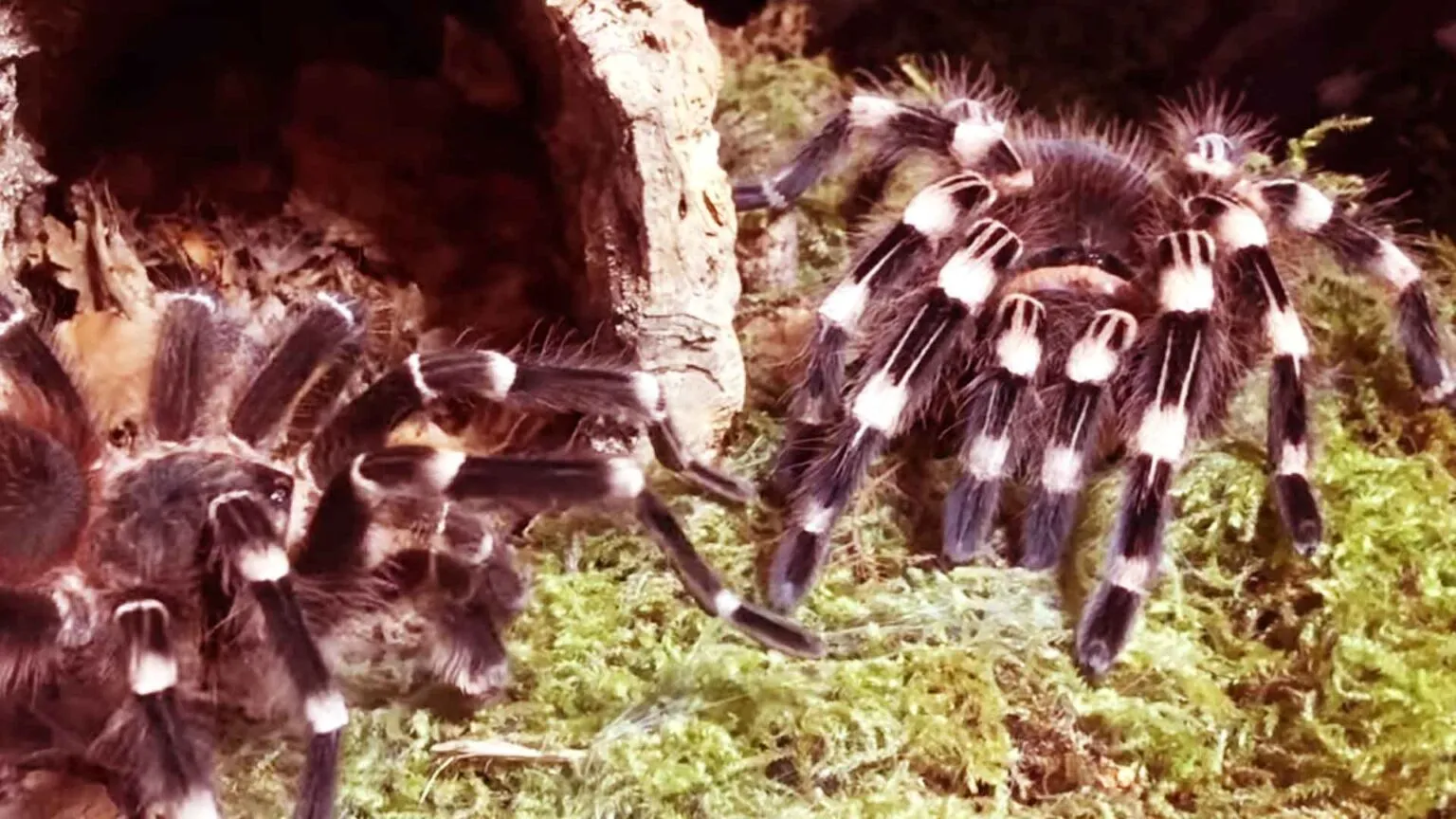
Regular maintenance is key to a healthy habitat. This involves cleaning, feeding, and monitoring the environment to ensure the tarantula’s well-being. Consistent maintenance efforts will help to prevent the growth of bacteria and mold, keep the enclosure clean, and ensure the overall health of your pet. Dedication and attention to detail are critical to maintaining the health and happiness of your Brazilian White Knee Tarantula.
Cleaning and Waste Removal
Regular cleaning is essential for maintaining a healthy habitat. Remove any uneaten food and waste regularly. Spot clean the substrate as needed. A full substrate change should be performed every six to twelve months, or sooner if needed. Use a safe, non-toxic cleaner to wipe down the enclosure walls and decor. Avoid harsh chemicals that could harm your tarantula. Cleanliness will also prevent the growth of mold and bacteria, which can be harmful to your tarantula. A clean habitat is the foundation of a healthy tarantula. The enclosure cleaning should be performed on a regular schedule.
Feeding and Pest Control
Feed your Brazilian White Knee Tarantula appropriate-sized insects, such as crickets, mealworms, or roaches. The frequency of feeding will vary depending on the tarantula’s size and age. Remove any uneaten food within 24 hours. Monitor the enclosure for any signs of pests, such as mites. If pests are present, take appropriate action, such as quarantining the tarantula or replacing the substrate. Proper pest control will prevent infestations that may compromise the health of your tarantula. Regular feeding of live insects allows the tarantula to maintain a healthy weight. Prevent pest infestations to promote a healthy environment.
Recognizing and Addressing Habitat Issues
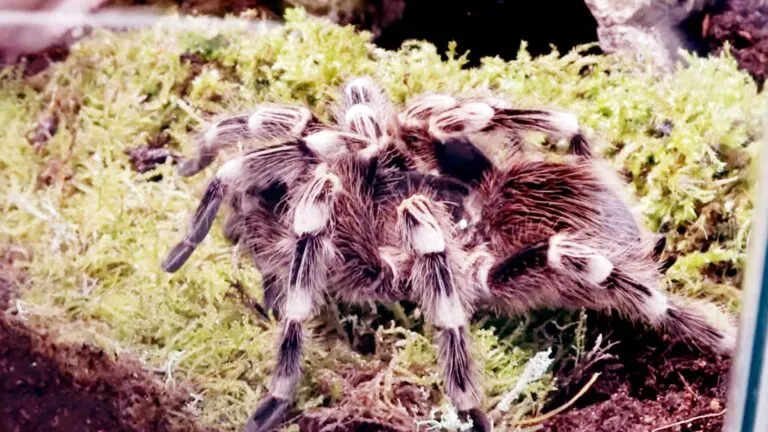
It is important to be able to recognize and address habitat issues. Signs of problems include excessive moisture, dryness, mold growth, or pest infestations. Monitor your tarantula for any signs of stress, such as loss of appetite, lethargy, or abnormal behavior. If you notice any issues, identify the cause and take appropriate action, such as adjusting the humidity or temperature, cleaning the enclosure, or consulting a veterinarian. Prompt action can help prevent minor issues from escalating into serious health problems. Addressing issues quickly helps to maintain the well-being of your pet. Early detection is important to correct the issue.
Creating and maintaining an ideal habitat is a continuous process that requires knowledge, attention, and dedication. By understanding the natural environment of the Brazilian White Knee Tarantula and providing the appropriate conditions, you can ensure that your pet thrives. Proper habitat management is the key to the health and longevity of your tarantula, allowing you to enjoy its beauty and fascinating behavior for many years to come.
